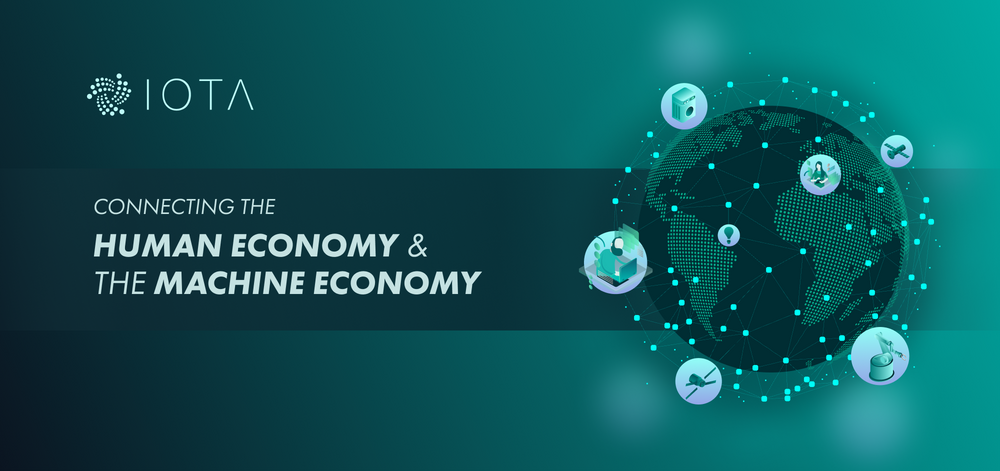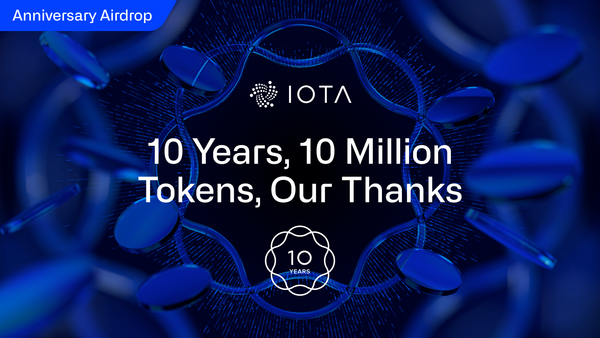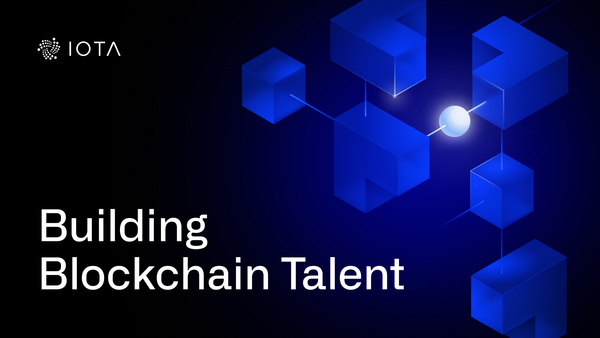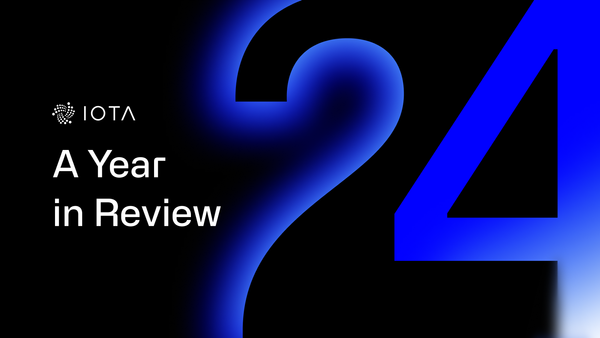Connecting The Human Economy and The Machine Economy
The IOTA technology and digital asset is a unique player in the world of distributed ledger technologies. Its forward thinking design was architected to support the unforeseen challenges of wide-scale IoT networks, quantum resistant computers, automation, and feeless payments in a digital world.
What is often overlooked is that IOTA is much more than a “protocol for machines.” Due to its design, it is incredibly well-suited to be the connective tissue between the human economy and the machine economy.
In order to fully understand the implications of this line of thinking, it’s important to frame the technology in a larger context:
The Human Economy
Up until now, our economy has been made up primarily of humans engaging in economic activity within a marketplace. Products, services and value have been easily exchanged thanks to a common set of standards that promote a decent level of interoperability between people and businesses.
Recently, devices have come into the picture to support the exchange of products and services amongst humans. At this point in time, devices only really have the capacity to exchange data with one another in siloed environments and lack the capability to send or receive value for the services exchanged.
Because of this, devices are still considered ‘tools’ in our economy and relegated to a single function as a ‘producer.’ They are unable to act as a ‘consumer’ due to a lack of interoperability between our marketplace and their technical standards. Current payment processors and data infrastructure simply cannot support microtransactions or usage-based payment schemes for an army of devices.
As devices become smarter, the Human Economy must ask itself some difficult questions: How will humans assimilate with this new economy of devices? What sort of digital infrastructure will be required to support both economies simultaneously? What is a machine’s preferred environment to engage as a ‘consumer’?
The Machine Economy
Much like the Human Economy, the Machine Economy will be made up of participants producing and consuming goods and services with one another. The only difference is that the marketplaces for these transactions will be designed for, and primarily used by, devices.
This activity will take place totally or semi-independent of any human engagement, and make up a sizable portion of future economic activity. Because devices will have their own digital wallet and they will have the freedom to transact in ways we can only begin to comprehend.
A great example of a device’s ability to transact for itself is the autonomous car. The car industry is already designing a world where people no longer purchase cars, but rent out ‘“driverless entertainment systems” to take you from point A to point B.
In such a world, driverless cars will act as their own participants in an economy, taking payment from drivers and allocating a budget to things like pay per-mile-car insurance, electric refills, and tolls.
Similarly, these driverless cars will be able to earn money by selling data to car manufacturers or using the hardware of the car to outsource computation to an unrelated task.
What’s important to note here is that the machine economy will not live in a silo. Innovations like the IOTA distributed ledger will allow humans to easily pay machines using a common value transfer mechanism. What’s more, information will flow freely between human ‘systems’ and machine ‘systems’ thanks to a feeless microtransaction layer.
Connecting The Human Economy and The Machine Economy
It is expected that linking the physical and digital world may generate up to 6.2 trillion dollars a year in economic value by 2025, with 40% of that value as a result of interoperability between humans and devices.
In the IOTA Foundation we believe that any distributed ledger technology that hopes to be successful must create a level of interoperability between devices and humans in the future.
This requires an entirely new type of digital infrastructure. One that supports value transfer, data integrity, and security across hundreds of billions of market participants.
IOTA’s digital infrastructure is one of the first of its kind to embed a value transfer mechanism alongside a data transfer mechanism, with the IOTA digital asset acting as a key component in the connective tissue of the network.
The IOTA digital asset is a bridge to connect two of the largest marketplaces in the world, successfully achieving one of main failed premises of Bitcoin. Because the IOTA digital asset is feeless, it enables a plethora of use-cases that cannot be realized using existing payment processors or current blockchain protocols.
Out of the many current and unforeseen use-cases, the greatest one is the ability for humans and devices to transact with one another, building a common language for economic activity to thrive.
Without such a system, we run the risk of creating more data and technology silos and re-engineering the same problems that have plagued us over the last few decades.
Because of this, we believe the majority of blockchain protocols are not appropriate as designs for a new ‘decentralized internet.’ They simply cannot be used if you consider that the machine marketplace is not taken into account during the design process.
In the end, IOTA is so much more than a “protocol for machines.” It is a living ecosystem that enables interoperability between the digital and the physical, the human and the device, the past and the future. In a way, it is the digital infrastructure for an entirely new economy.
The IOTA Economy.




